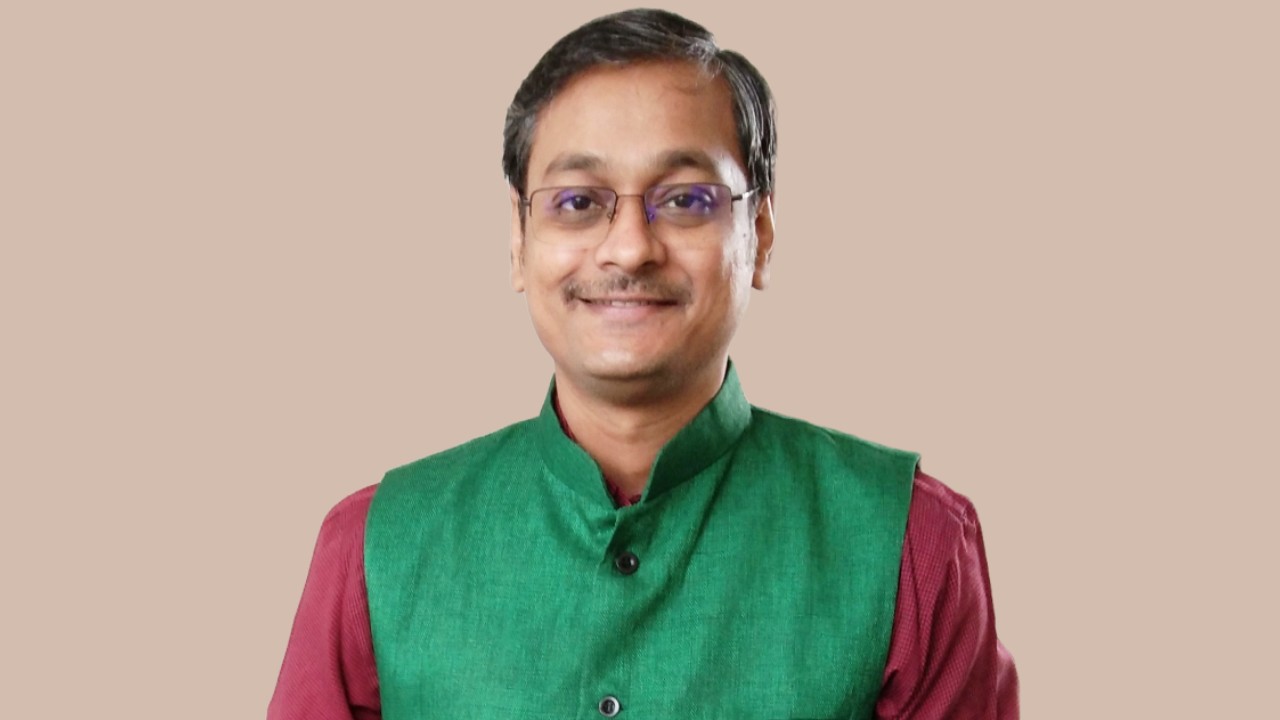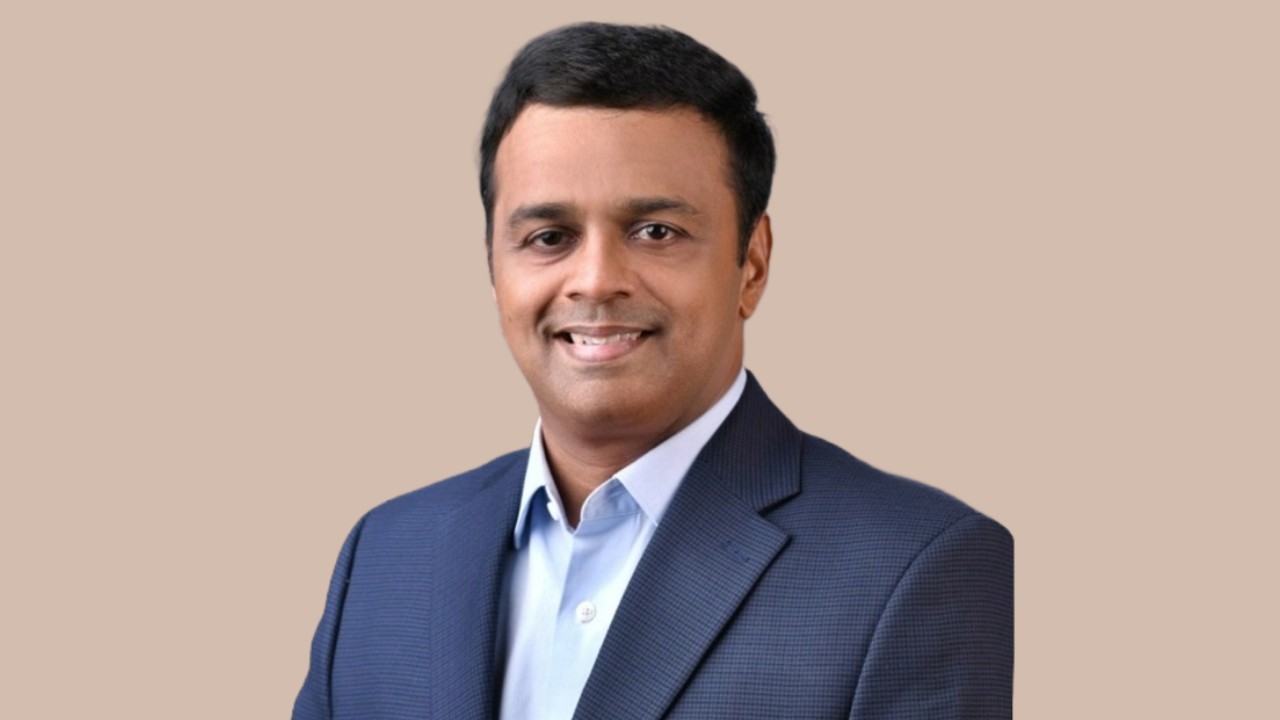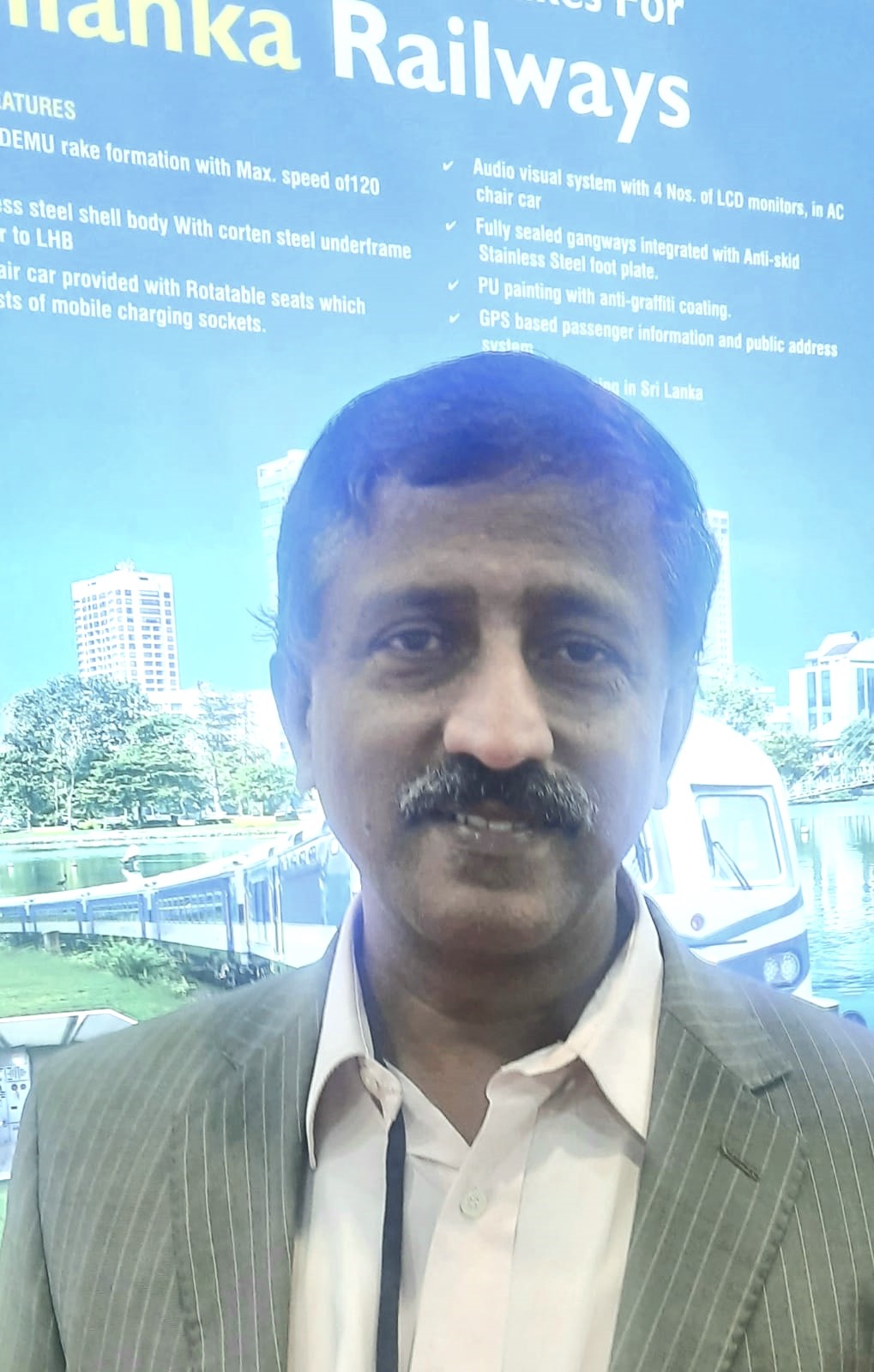India’s tourism sector is a dynamic showcase of its rich history, diverse cultures, and natural splendour. From breathtaking landscapes to architectural marvels and a heritage spanning millennia, the country offers an unmatched array of experiences. Yet, its full potential remains untapped. By fostering collaboration among the government, private enterprises, and local communities, India can transform its tourism sector into a powerful driver of inclusive development. Events like the Maha Kumbh Mela in Prayagraj exemplify this potential. This grand cultural congregation is poised to deliver significant economic benefits, invigorating both local and national economies. By driving trade, development, and tourism, the Kumbh Mela exemplifies how heritage can become a major economic catalyst and contribute meaningfully to regional and national growth.
In a conversation with The Interview World, Gajendra Singh Shekhawat, Union Cabinet Minister of Culture; and Minister of Tourism, sheds light on the Maha Kumbh Mela’s emergence as a global tourism phenomenon. He discusses government-led initiatives to enhance infrastructure and promote tourism, emphasizing India’s cultural heritage as a cornerstone of global recognition. Highlighting India’s soft power, he explores its role in shaping international influence while underscoring the strength of unity in diversity as a hallmark of India’s cultural and social fabric.
Here are the key takeaways from this insightful dialogue.
Q: How do you perceive the Maha Kumbh Mela as a global tourism phenomenon?
A: When discussing global tourism, we often highlight impressive figures: countries like French and Thailand attract 40 million travellers each, Dubai attracts 25 million visitors, Singapore welcomes 20 million tourists, while India sees 13 million international arrivals. However, this perspective overlooks India’s unique vision of tourism. Consider this: the Maha Kumbh Mela alone draws approximately 450 million people—a scale unmatched anywhere in the world.
For context, Mahakaleshwar Temple in Ujjain receives 45 million devotees annually. That’s nearly the entire tourist population of France visiting a single religious site in India. This extraordinary scale represents a monumental shift in tourism, yet we’ve neither organized this economy nor formalized its impact.
Take the Maha Kumbh Mela as an example. It’s the largest human gathering on Earth for a religious festival. Out of 450 million attendees, 1.5 to 2 million are international visitors. These figures underscore a massive economic and cultural phenomenon. Yet, we’ve seldom quantified this achievement or showcased its significance to the world.
The economic implications are staggering. Imagine 450 million people leaving their homes to participate in one event. The logistical, cultural, and spiritual impact is unparalleled. This gathering exemplifies India’s extraordinary capacity for unity in diversity.
The enthusiasm surrounding the Kumbh Mela is reshaping global perceptions of India. The festival offers an unmatched opportunity to witness India’s magnificent diversity, cohesion, and inclusiveness. As we express gratitude for the overwhelming response from millions of visitors, both domestic and international, we recognize the success of this event as a testament to India’s cultural richness.
By the conclusion of the Maha Kumbh, the world’s view of India will undoubtedly evolve. This festival not only celebrates spirituality but also showcases India’s grandeur, strength, and ability to unite millions in a shared experience of faith and tradition.
Q: Could you elaborate on the initiatives undertaken by the government to enhance infrastructure and promote tourism?
A: Over the past decade, the government, under the leadership of Prime Minister Narendra Modi, has spearheaded transformative infrastructure development. A vast network of 150,000 kilometers of roads has been constructed, laying the foundation for a new era of progress. The railways have undergone a revolution, with a new generation of trains launched and electrification initiated across the network.
Simultaneously, efforts to bolster tourism infrastructure have intensified. With India’s economy flourishing and the government’s drive to lift 25-30 crore people out of poverty, an emerging middle class is now finding its footing. The aspirations of countless individuals, long suppressed, are finally taking shape. Many are stepping into this new economic landscape, with disposable income in hand, eager to explore life beyond their homes.
Post-COVID, India has witnessed a remarkable surge in domestic tourism. This shift signals a broader trend, one that underscores the growing role of tourism in the nation’s economic fabric. As one of the largest job-generating sectors, second only to agriculture, tourism—both formal and informal—is becoming an increasingly vital contributor to the economy. Looking ahead, this sector is poised for even greater growth.
Q: What is your perspective on the potential of India’s cultural heritage in global recognition?
A: For many years, those in power showed little regard for India’s cultural consciousness and heritage, a problem that persisted for far too long. However, in the past decade, our government has begun to recognize the immense cultural potential of the nation. Today, a fresh perspective is evident across India. The ancient knowledge embedded in our culture, which has shaped our civilization for millennia, is now being embraced anew. Our sages discovered these principles through their profound spiritual wisdom, establishing them for the betterment of humanity. Recently, scientific validation has further illuminated their value.
As a result, India has emerged as a formidable force on the global stage. When the people of India began to acknowledge and appreciate the fundamental tenets of our culture, the world recognized India as the global cultural hub. Thus, we can confidently say that the resurgence of India’s cultural heritage has begun, marking a new chapter in our history.
Q: How do you assess the potential of India’s soft power in shaping its global influence?
A: I recently came across a research article written by a Nobel laureate, which has garnered significant attention. The article outlines India’s remarkable growth story. While the global economy faces a recession, India stands resilient, unaffected. Countries that engage in trade with India boast some of the highest incomes in the world; however, they cannot lead globally. India, on the other hand, has charted a clear course: any nation aiming for global leadership must focus on economic progress through business. From this perspective, it’s imperative to empower India.
For the past decade, India has held the title of the most populous country. We have made significant strides in indigenizing defense production, marking a small yet crucial shift in our approach. On the global stage, however, we observe that powerful military nations, despite their might, cannot control the world. The world requires more than just military dominance to become a leader.
If a nation aspires to global leadership and commands respect, it must be part of the technological revolution, alongside economic progress. Technology alone cannot guarantee success. We’ve witnessed Taiwan’s remarkable technological advancements, yet it doesn’t lead the world.
However, perceptions are shifting rapidly. India has made substantial progress in areas like semiconductors, green energy, and cutting-edge technology. Globally, India’s recognition continues to rise. More importantly, we are entering an era of unparalleled economic possibilities. The talent that once left India is now returning, strengthening India’s compatibility with developed nations. Yet, this shift is not solely driven by technological prowess. India’s potential lies in these three forces, and the nation is advancing in that direction.
Lastly, the most crucial factor that commands global respect is a nation’s soft power. India’s soft power—rooted in its cultural richness, ideological strength, and economic vitality—will propel it to global prominence. In the future, these elements will not only elevate India on the global stage but will also earn the world’s respect, placing India among the highest echelons of power.
Q: In a diverse country like India, how do you view the concept of unity in diversity as a strength for its cultural and social fabric?
A: A cultural renaissance brings with it a deep sense of unity. This message resonates clearly from the Kumbh Mela. The discourse that India is a nation of unparalleled diversity is a testament to the very soul of the country. Regardless of the myriad cultures—be it in craft, cuisine, or attire—that we encounter in every corner of India, the essence remains unified.
Take Rajasthan, for example. Its cultural richness, often attributed to the region, is a mosaic of multiple influences: Mewar, Vagad, Marwar, and Dhundhar, each with its unique dialects, shifts every 12 to 15 kilometers. Despite this vast diversity, India remains organically united. Moreover, this unity stems from our shared beliefs, festivals, rivers, languages, and, most importantly, our culture.
When 45 crore people gather at the Kumbh Mela, no one questions caste, religion, or social status. Everyone comes together in worship, reinforcing the unity that defines us. It is those who fail to grasp the essence of India who often overlook this. But, in my belief, India has always been one, and it remains one.
The Prime Minister of India, standing at the Red Fort, proudly declares that we will build on our foundation. As we witness the ongoing cultural renaissance, it is clear: India is on the path to reclaiming its position as the Vishwa Guru.









